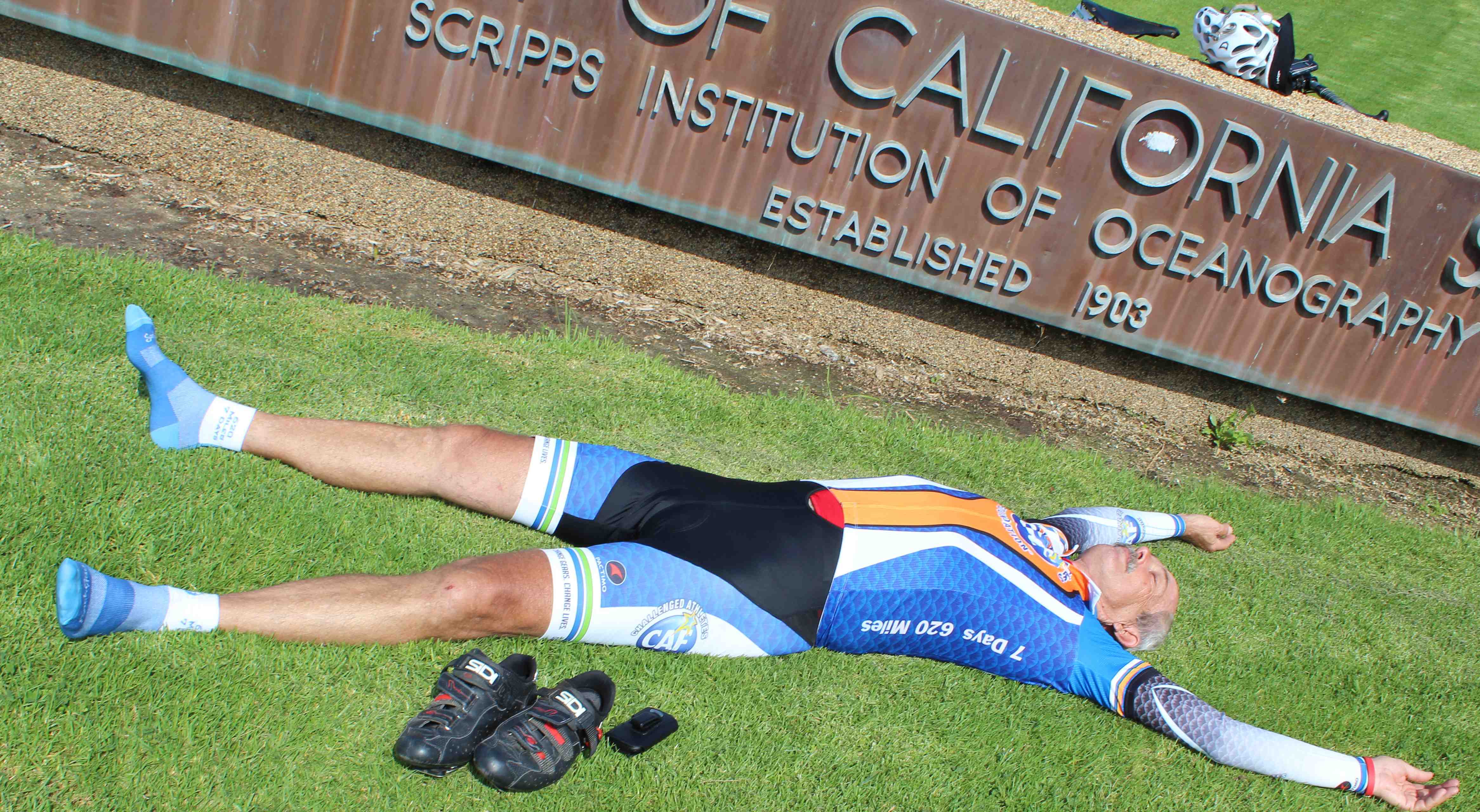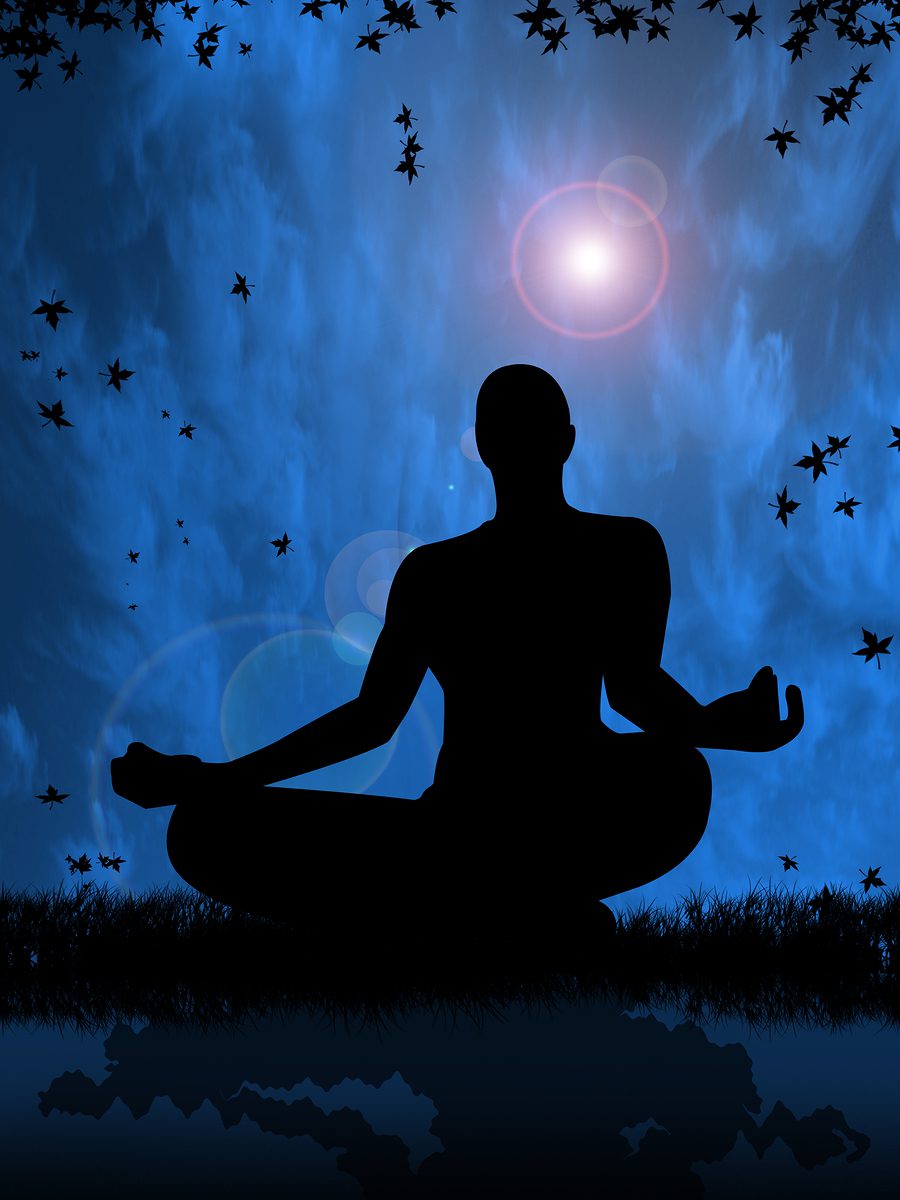Purposeful rest and recovery. It’s an important part of the fitness equation. Yet it’s the one most of us neglect. Building in restful, parasympathetic activities will help keep stress in its place.
The art of de-stressing
One of my favorite quotes is this one:
“The best time to relax is when you don’t have time for it.”
And while it’s true that the best time to relax is when you don’t have time for it, it’s also true that most North Americans have a mistaken view of relaxation. Indeed, in North America we consider our 1 or 2 annual vacations our “time to rest.” Unfortunately these vacations are too few and far between. And as most of us fill our vacation days with just as much “stuff to do” as when we’re at home, the important question is this: are we really resting at all?
You see, the ideal way to rest is this: build in some daily recovery time. Interestingly, athletes tend to do this best. Even though they train very hard, and with very high volume, they also tend to schedule regular, daily naps and other forms of rest in order to promote recovery. They also make sure to “cycle” their stress (training) so that they never burn out. We could all definitely learn a lesson from this approach!

The physiology of stress and relaxation
So, why do we want to build in daily rest time? Well, to understand this, we have to understand something about our brain. Basically one way to categorize our brain function is to break it down into the following two categories:
Sympathetic activity – which is often called “fight or flight” activity
Parasympathetic activity – which is often called “rest and digest” activity.
As you can imagine, most of us tend to be much too “sympathetic.” It might be our jobs, our homes, our bills, our relationships, traffic, or any other stressor that throws us into a “fight or flight” state. But whatever it is, chronic sympathetic activity leads to high levels of circulating cortisol and adrenaline, both produced by our adrenal glands (located adjacent to our kidneys).
When stress is chronically high and the adrenal glands continue to pump our cortisol and adrenaline, our “non-critical” functions are inhibited – things like digestion, liver metabolism and detoxification, cellular repair, immune function, and reproduction.
In essence, through several physiological interactions, we end up with:
1) Poor blood sugar management and insulin resistance
2) Depression, sleep disruption, and carbohydrate craving
3) Decreased thyroid conversion and a reduced metabolism
4) Altered sex hormone activity
5) Amino acid loss from skeletal muscle
The net result of all of these is hormonal havoc, reproductive dysfunction, muscle loss, and fat gain. Not something we’re after. But what many don’t understand is that it doesn’t stop there. With all this cortisol and adrenaline pumping out, eventually the adrenal glands begin to slow production of cortisol and adrenaline. Until chronic fatigue sets in. Not a happy prognosis.
Promoting rest and recovery
So, what can we do to prevent this cascade of negative, stress-related outcomes? Well, the key here is balance. We’re never going to reduce all of our stress. The job, the relationships, etc. Hopefully they’re all sticking around. And, truth be told, a certain amount of stress is really good for us. So instead of focusing on the sympathetic side of the equation, we need to focus on the parasympathetic side. In other words we need to engage in more activities that help us create our own parasympathetic state.
So, what types of activities help us achieve a restful state of relaxation and recovery? Well, there are all sorts of activities that can help with this.
Yoga and Pilates
Popularized in the last few years, certain types of yoga and Pilates are very parasympathetic.
Meditation
This type of activity is also a huge help with rest and recovery.
Spa Treatments
Spa treatments often help achieve that deep parasympathetic state.
Jacuzzi/Sauna
This can also help in the war on stress.
Now, don’t get me wrong. You don’t have to visit a Tibetan monk, drop thousands of dollars, or even leave your house to achieve deep relaxation. The following activities can also work well and can be done at home:
Reading
Reading in a quiet spot 30 minutes before bed
Zoning Out
Drinking warm tea and staring out at the sunset
Music and Wine
Drinking a glass of red wine and listening to music before bed
Bath and Candles
Lighting candles and having an Epson salts bath
Heck, I’ve even seen quite a few high level athletes smoke marijuana to achieve this relaxing, parasympathetic state. Now, this isn’t something I necessarily recommend. But in talking to thousands of athletes over the years, I’ve noticed a trend. Many male strength and power athletes tend to turn to small amounts of marijuana for recovery purposes.
Granted, there are better ways to achieve a parasympathetic state. But that’s the point…

It’s all about the state
Just keep in mind the activity you choose doesn’t matter. It’s the state you achieve. One person could achieve a deep parasympathetic state while relaxing in an epson salts bath. While another might simply lay there and think about all their worries and concerns. Again, it’s the state, not the activity.
So, you should choose the activities that can help you get 30 minutes of quiet, restful, worry-free parasympathetic activity each day. That’s the absolute best way to get control of stress.
What about supplements
Sure, there are supplements that can help. And a variety of supplement companies that’ll be happy to separate you and your money. But the truth is, choosing a stress-reducing supplement isn’t the best way to tackle stress-related lifestyle problems. You have to begin with the strategies above. Then, if necessary, you can think about supplementing.
To this end, phosphatidylserine is an excellent supplement that can help manage cortisol levels, putting a temporary band-aid on your lifestyle issues. For a great research review of this supplement, click here.
Just keep in mind, you’ll eventually have to learn to build in parasympathetic recovery. Phosphatidylserine alone isn’t going to get the job done.
What’s next
Nutrition and exercise also play an important role in the stress equation. Eating a PN-friendly diet and following a mixed-exercise plan is a great start. By doing so not only can you help prevent stress outbreaks, you can actually better deal with stress if it does attack.
In terms of what to do, on the exercise end, I published a “stress-busting” workout schedule in the PN Member Zone. You can check it out here. It’s designed primarily for those of you in the throes of a stressful period.
And for more on the nutrition side of things, you know where I’m going with that. PN V3 has everything you need to know on the nutrition side. You can get yourself a copy, at a special discounted price, right here:
In the end, remember this. Rest and recovery are as important as what you’re doing in the gym, what you’re doing in the kitchen, and what you’re doing with your supplements. So make sure that you’re getting some parasympathetic action every day.
Learn more
Want to get in the best shape of your life, and stay that way for good? Check out the following 5-day body transformation courses.
The best part? They're totally free.
To check out the free courses, just click one of the links below.




Share